In the wild world of Mother Nature, not all creatures are as innocent as they appear. Some predators possess behaviors so chilling that they could inspire the next blockbuster horror film. From cunning tactics to eerie feeding habits, these predator behaviors are as fascinating as they are frightening. Whether you’re a nature fanatic or just a thrill-seeker, prepare to dive into the shadowy side of wildlife that might just give you nightmares. Here are 13 predator behaviors that could easily headline a horror movie.
1. The Anglerfish’s Luring Light
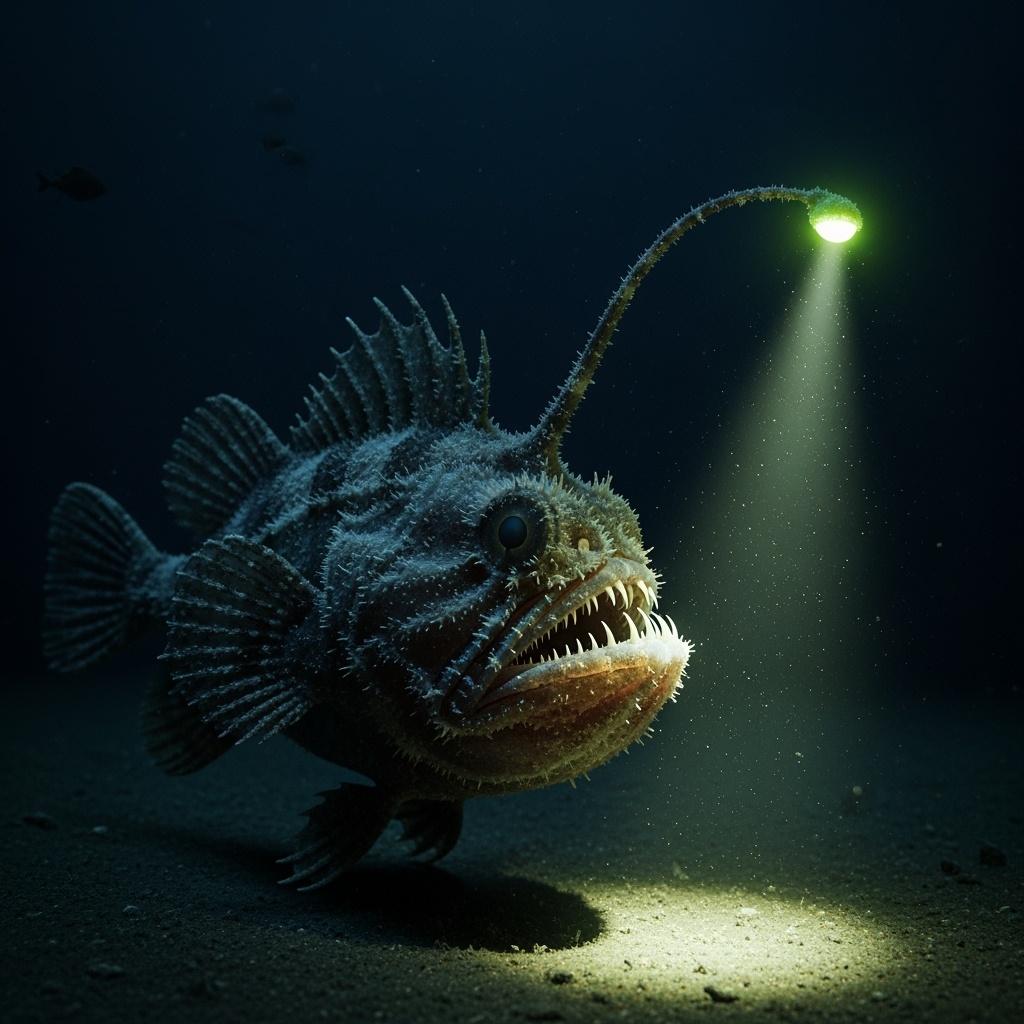
Imagine a creature that uses a dangling light as bait to lure unsuspecting victims into its jaws. The anglerfish, a deep-sea predator, does precisely this, waving a glowing appendage to attract prey in the pitch-black ocean depths. National Geographic describes this behavior as both a survival strategy and a terrifying trick, as the prey only realizes the danger when it’s too late. With its sharp teeth and monstrous appearance, the anglerfish is a perfect example of nature’s most cunning hunters. In the eerie darkness, these creatures remind you that not everything that glitters is safe.
The anglerfish isn’t just about looks; it’s about strategy. Living in the deep sea, where resources are scarce, it has developed this bioluminescent lure to perfection. When its prey swims too close, the anglerfish snaps its powerful jaws shut in a split second. This behavior ensures it gets the most out of every opportunity, a necessity in the harsh underwater environment. It’s like the ocean’s very own horror story, playing out beneath the waves where few dare to venture.
2. The Spider’s Silk Traps
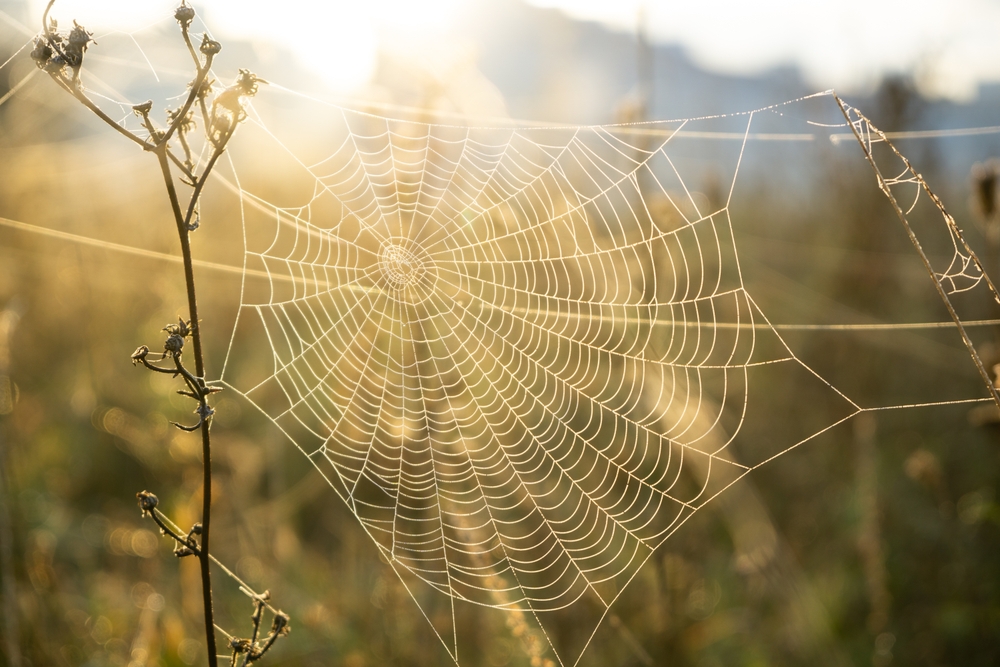
Spiders have mastered the art of deception, creating elaborate silk webs that serve as both home and hunting ground. These arachnids spin their intricate traps to capture unsuspecting insects, leaving them no escape route once entangled. The sheer patience and precision involved in web-making is nothing short of impressive, and it’s a testament to their predatory prowess. Each strand of silk is strategically placed to maximize the chances of catching prey that wander too close. It’s a constant reminder that even the smallest of creatures can be masterful hunters.
But spiders are not just about webs; they’re about stealth and strategy. Once a victim is ensnared, the spider approaches with calculated movements to avoid alerting its prey. With venomous fangs, it immobilizes its catch, ensuring a meal without a struggle. This behavior is a testament to their adaptability and the diverse methods of predation in the animal kingdom. For those with arachnophobia, their silent and precise hunting style might just be the stuff of nightmares.
3. The Praying Mantis’s Deadly Embrace
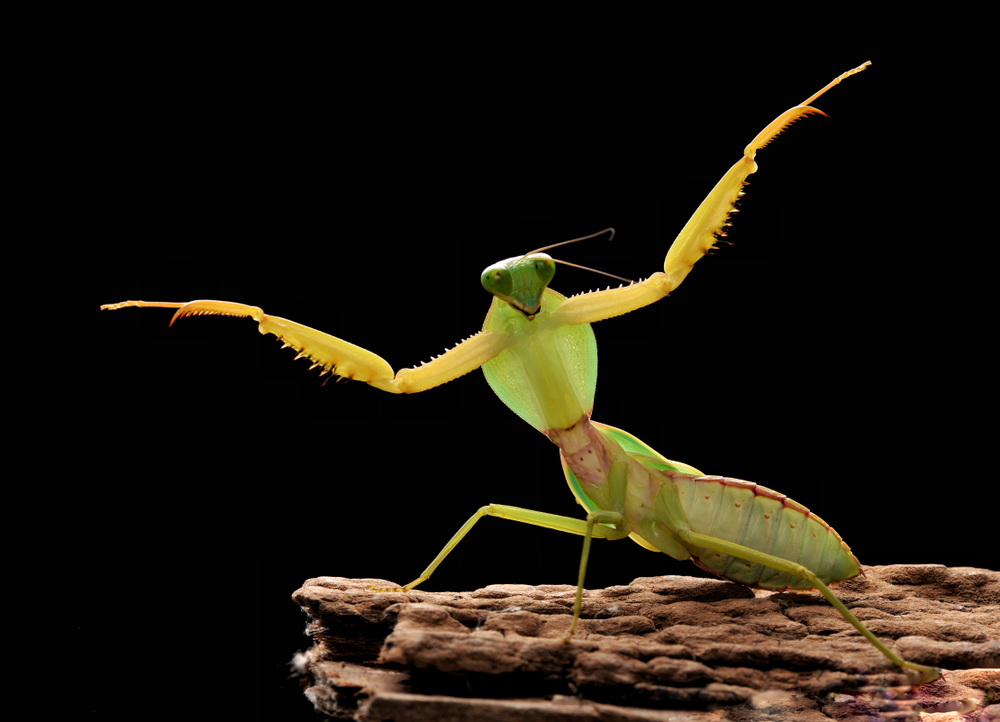
The praying mantis is a master of disguise and deadly precision, making it one of the most fearsome predators in the insect world. With a posture that mimics prayer, it waits patiently for its unsuspecting prey to come within reach. According to a study by the Smithsonian, the mantis’s forelegs are equipped with spines that latch onto its prey with lightning speed and accuracy. Once its victim is trapped, the mantis devours it headfirst, ensuring it has no chance to escape. This combination of patience and brutal efficiency is what makes the praying mantis a true horror in the insect world.
Its ability to blend into the environment only adds to its terrifying reputation. The praying mantis can remain perfectly still, camouflaging itself among leaves and branches, an ambush predator waiting for the perfect moment. It’s this stealth that enables it to capture a variety of prey, from insects to small birds. When it strikes, it’s an explosion of speed and power, a chilling reminder of the unpredictability of nature. For the prey, the mantis is an unyielding force, an apex predator in the miniature world.
4. The Leopard’s Stealthy Stalk
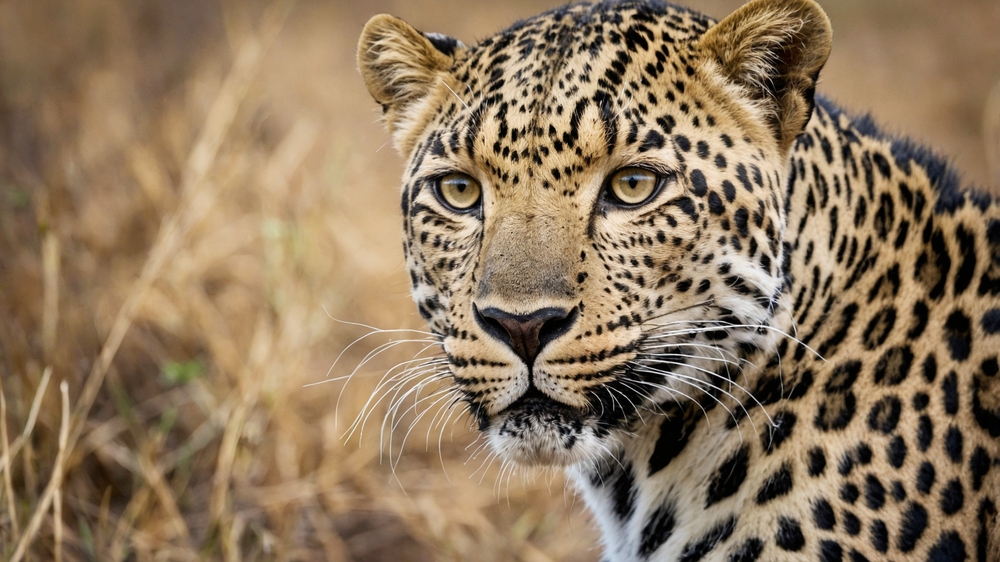
Leopards are the epitome of feline grace and lethal efficiency, capable of stalking their prey with an unparalleled level of stealth. Their spotted coats offer the perfect camouflage among the dappled shadows of the forest, making them invisible to both prey and predators. With a careful and calculated approach, leopards inch closer to their target, relying on their patience and keen senses. It’s a deadly game of cat and mouse, where the slightest misstep can mean the difference between a meal and a missed opportunity. This silent hunter epitomizes the primal dance of predator and prey.
Once the leopard is within striking distance, its attack is swift and decisive. With powerful muscles and sharp claws, it takes down prey much larger than itself, demonstrating incredible strength and ferocity. After the kill, the leopard often drags its catch into the trees, securing it from scavengers and ensuring it can feast at leisure. This arboreal habit not only highlights its adaptability but also its intelligence in securing its food source. The leopard’s hunting prowess is both beautiful and terrifying, a true testament to nature’s raw power.
5. The Orca’s Coordinated Hunt
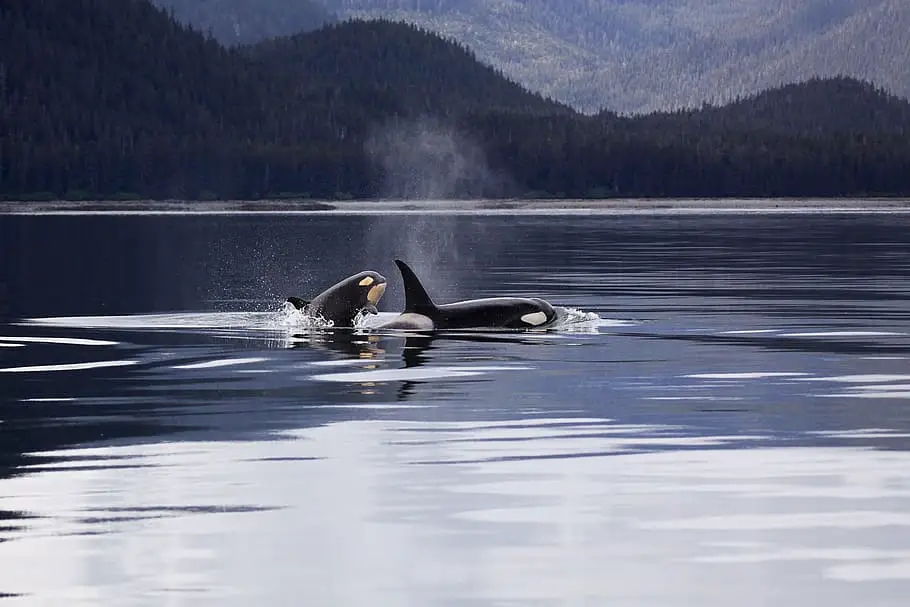
Orcas, or killer whales, are not only the ocean’s apex predators but also highly intelligent animals with complex hunting strategies. They work together in pods to hunt, using sophisticated techniques to capture their prey. As noted by researchers in Science Magazine, orcas communicate with each other using a series of clicks and whistles, coordinating their movements with precision. This teamwork allows them to tackle large prey like seals and even whales, showcasing an intelligence that rivals that of primates. Watching a pod of orcas hunt is like witnessing a symphony of strategy and skill.
The orca’s ability to adapt its hunting tactics to different environments is remarkable. In icy waters, some orcas have been observed creating waves to knock seals off ice floes, a behavior that requires both strength and cunning. In other regions, they may work together to corral fish into tight balls for easier feeding. These varied techniques demonstrate their incredible adaptability and intelligence. As the ocean’s top predator, orcas are both a marvel and a menace, embodying the wild beauty and danger of the deep sea.
6. The Crocodile’s Death Roll
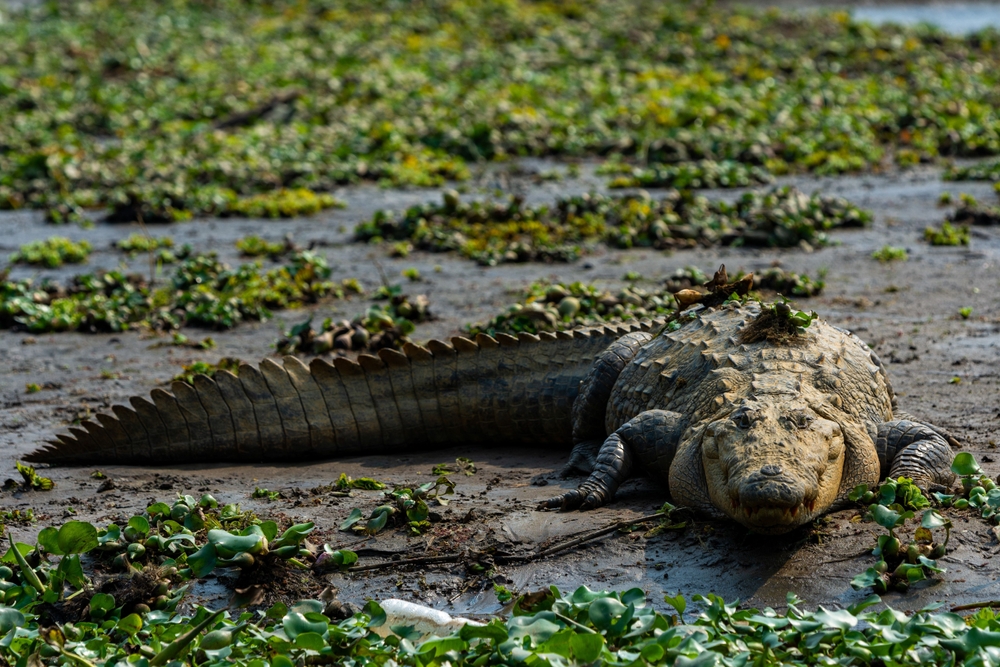
Crocodiles are ancient reptiles that have perfected the art of ambush, lying in wait just beneath the water’s surface. With only their eyes and nostrils visible, they blend seamlessly into their aquatic environment, waiting patiently for prey to venture too close. Once they strike, there is little chance of escape, as the crocodile employs its infamous death roll. This behavior involves the crocodile spinning its massive body rapidly to disorient and drown its prey. It’s a gruesome yet effective way to ensure a meal, showcasing the raw power of these prehistoric predators.
The death roll is not just about brute force; it’s a calculated move that illustrates the crocodile’s adaptability and expertise. By taking advantage of the water’s resistance, the crocodile maximizes the effectiveness of its attack. This technique allows it to subdue animals much larger than itself, including wildebeests and zebras. The death roll is a chilling reminder of the crocodile’s dominance in its territory and its role as one of nature’s most efficient predators. For spectators, it’s both a terrifying and awe-inspiring display of nature’s brutality.
7. The Cuttlefish’s Hypnotic Display
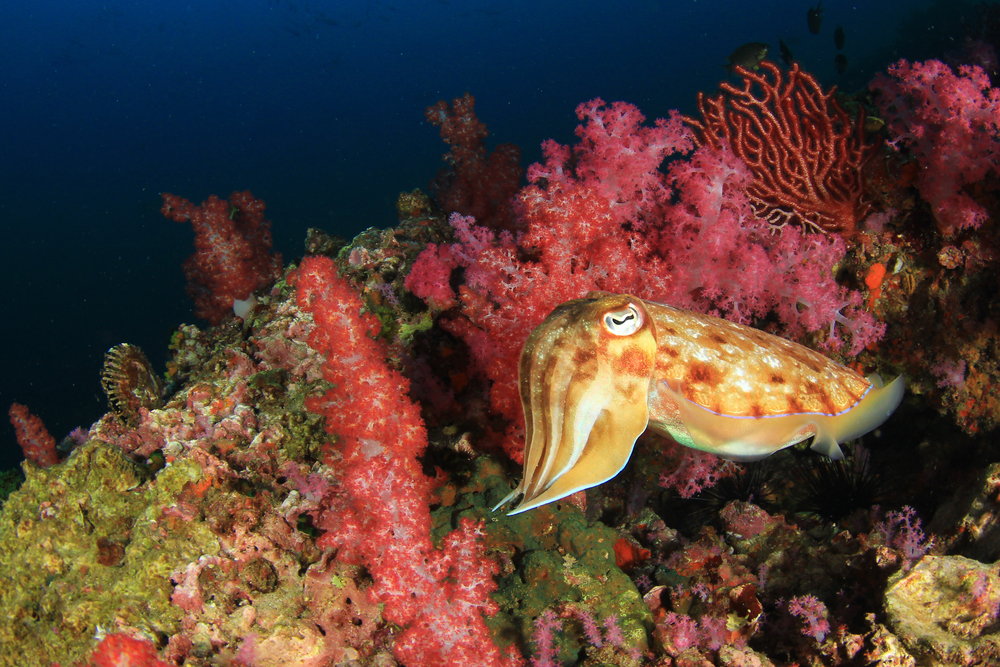
The cuttlefish is a master of illusion, using its remarkable ability to change color and texture to both evade predators and mesmerize prey. With a skin that can produce a dazzling array of patterns, it creates a hypnotic display that temporarily stuns and confuses its target. National Geographic highlights the cuttlefish’s use of this skill to sneak up on prey or escape danger. This mesmerizing light show is not just a defense mechanism but also an effective hunting strategy, as it allows the cuttlefish to close in on unsuspecting prey unnoticed. It’s a vivid reminder of the tricks and tactics creatures use to survive.
But the cuttlefish’s talents don’t stop at camouflage; they extend to problem-solving and social interactions. These cephalopods have been observed using their intelligence to navigate complex environments and even communicate with each other through their color displays. Their ability to adapt to different situations demonstrates a level of intelligence that is both surprising and fascinating. Whether it’s avoiding predators or capturing a meal, the cuttlefish’s hypnotic abilities are a testament to the wonders of evolution. In the vast ocean, it remains a mysterious and captivating creature.
8. The Shark’s Relentless Chase
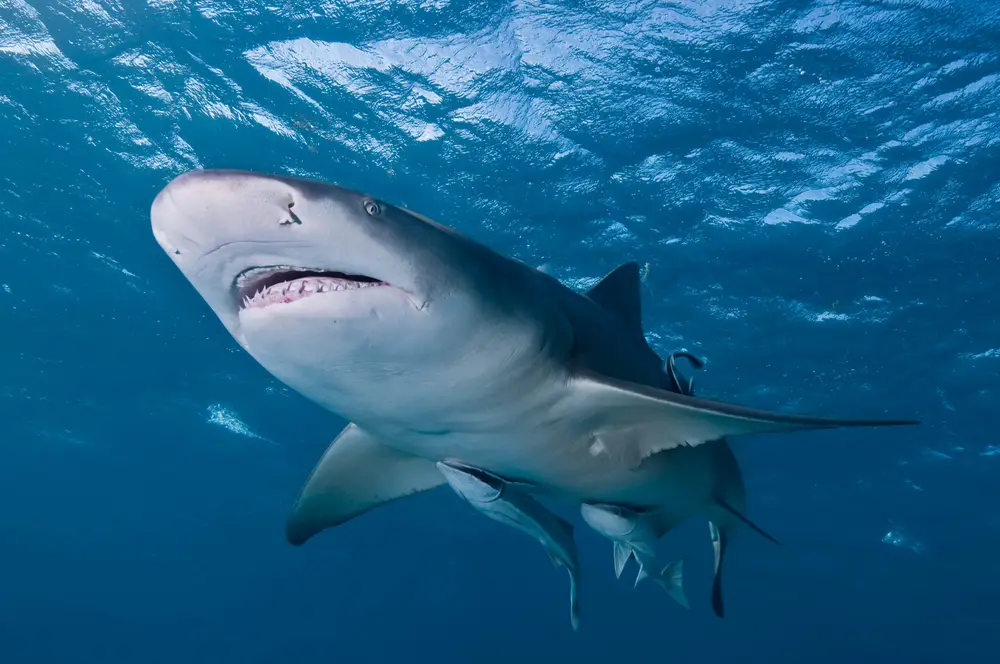
Sharks are the ocean’s most iconic predators, known for their unrivaled speed and acute sense of smell. They can detect a single drop of blood in an ocean of water from a mile away, setting them on a relentless chase towards their prey. This heightened sense, combined with their powerful bodies, makes them formidable hunters. When a shark locks onto a target, it becomes a race against time for its prey, which often has little chance of escape. The shark’s pursuit is a breathtaking display of nature’s raw power and precision.
The shark’s hunting methods are as varied as the species themselves. Some sharks rely on stealth and surprise, while others use sheer speed and brute force. This adaptability ensures their survival across diverse marine environments, from coral reefs to the open ocean. Their streamlined bodies and keen senses have evolved over millions of years, perfecting their role as apex predators. The shark’s presence is both a symbol of fear and fascination, an embodiment of the untamed beauty of the ocean.
9. The Owl’s Silent Flight
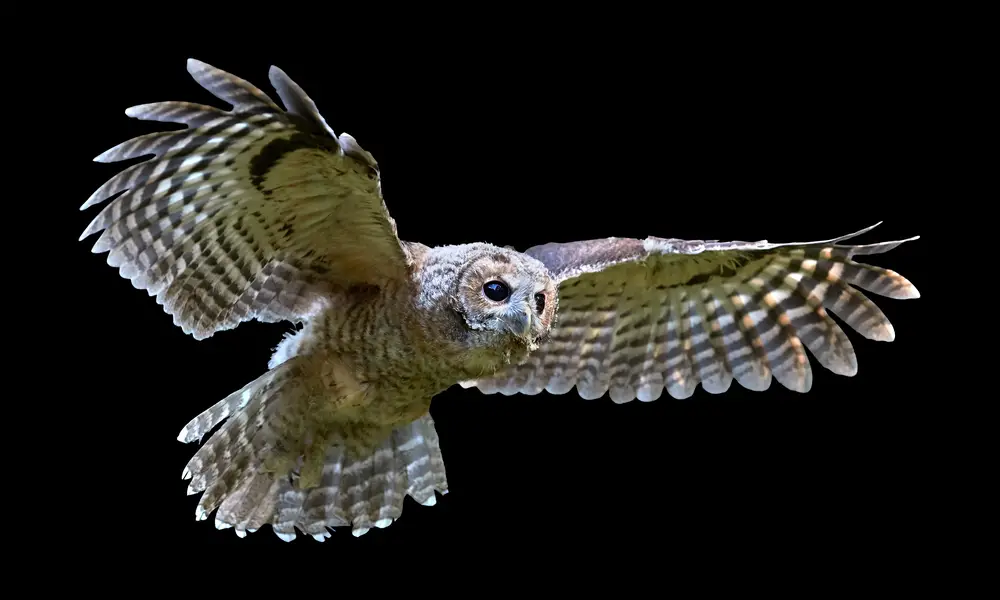
Owls are enigmatic nocturnal hunters, often depicted as symbols of wisdom and mystery. What sets them apart from other birds of prey is their ability to fly silently, a skill that gives them a significant advantage over their prey. This stealthy mode of flight is achieved through the unique structure of their feathers, which minimizes sound during wingbeats. As a result, owls can swoop down on unsuspecting prey without a hint of warning, making them efficient nighttime predators. Their silent flight is a haunting reminder of the precision and adaptability found in the animal kingdom.
Owls have an array of tools at their disposal that make them formidable hunters. Their acute sense of hearing and exceptional night vision allow them to detect even the faintest rustle of movement in the dark. Coupled with their silent flight, these adaptations ensure their dominance as nocturnal predators. Whether perched in a tree or gliding silently through the night, owls exemplify nature’s blend of beauty and lethal efficiency. Their haunting presence in folklore only underscores their role as mysterious masters of the night.
10. The Wolf’s Pack Mentality
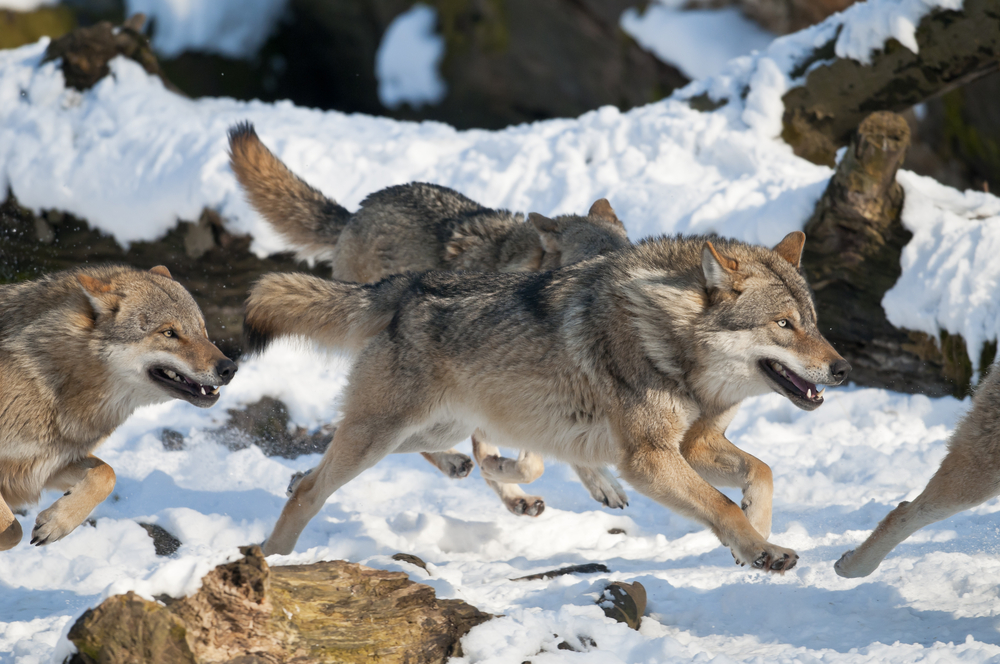
Wolves are the embodiment of social predators, relying on teamwork and coordination to bring down prey. Living and hunting in packs, they have developed a complex social structure that ensures their survival in the wild. Each member of the pack has a role, and through a series of vocalizations and body language, they communicate and strategize their hunts. This collaborative effort allows them to take down animals much larger than themselves, such as elk and bison. The wolf’s pack mentality is a powerful testament to the strength found in unity.
But wolves are not just efficient hunters; they are also deeply social creatures. Their familial bonds are strong, with pups being raised and protected by the entire pack. This social structure fosters a sense of community and mutual reliance, which is crucial for their survival in harsh environments. The pack’s cohesive nature is evident in their synchronized movements and collective decision-making. For wolves, the pack is their strength, a dynamic force that highlights the importance of cooperation in the animal world.
11. The Snake’s Constricting Embrace
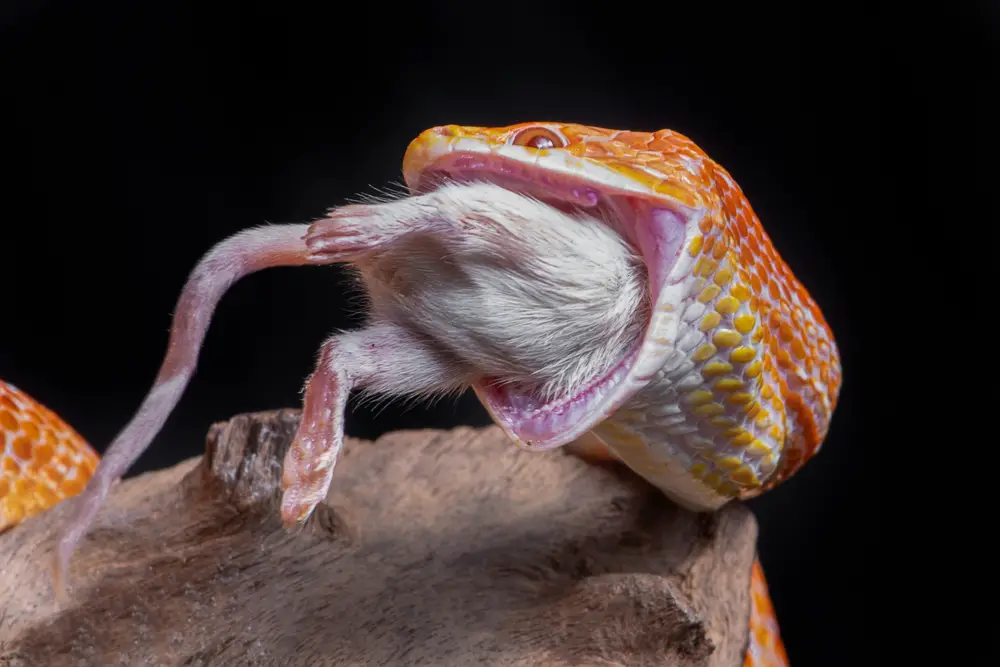
Snakes are the silent predators of the animal kingdom, often relying on ambush tactics to capture their prey. Among their many hunting strategies, constriction is one of the most effective and terrifying. Once a snake coils around its victim, it tightens its grip with each breath the prey takes, suffocating it slowly. This method of hunting is both ruthless and efficient, ensuring the snake can subdue animals much larger than itself. The constrictor’s embrace is a chilling reminder of the calculated nature of these predators.
Constrictors, such as pythons and boas, have evolved this technique to perfection. Their muscular bodies are designed for strength, allowing them to constrict with immense force. Once their prey is subdued, they consume it whole, relying on their flexible jaws and elastic skin. This ability to take down and digest large prey gives them a distinct advantage in their habitats. For those who encounter these serpents, the constricting embrace is a haunting reminder of the power and precision inherent in nature’s design.
12. The Lion’s Pride Dominance
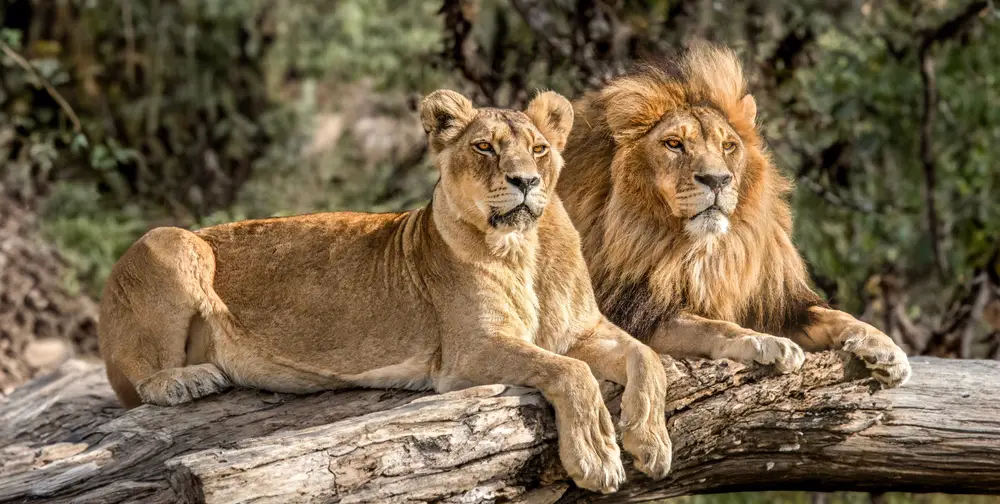
Lions, often referred to as the kings of the jungle, are the only social big cats that hunt in groups known as prides. This social structure gives them a significant advantage in the savanna, allowing them to take down large prey such as zebras and wildebeests. A lion pride operates with a complex hierarchy and a clear division of labor, ensuring an efficient and successful hunt. The cooperation among pride members demonstrates the importance of strategy and teamwork in the animal kingdom. For their prey, the coordinated attack of a lion pride is a formidable and fearsome force to reckon with.
Within the pride, each lion has a specific role, from the protective males to the hunting females and the nurturing caregivers. This division of labor allows the pride to thrive and maintain its territory against rivals. The bond among pride members is strong, with each lion playing a crucial part in the group’s overall success. This social structure not only ensures the pride’s survival but also solidifies their status as top predators. The lion’s pride dominance is a testament to the power of unity and cooperation in the wild.
13. The Eagle’s Aerial Assault
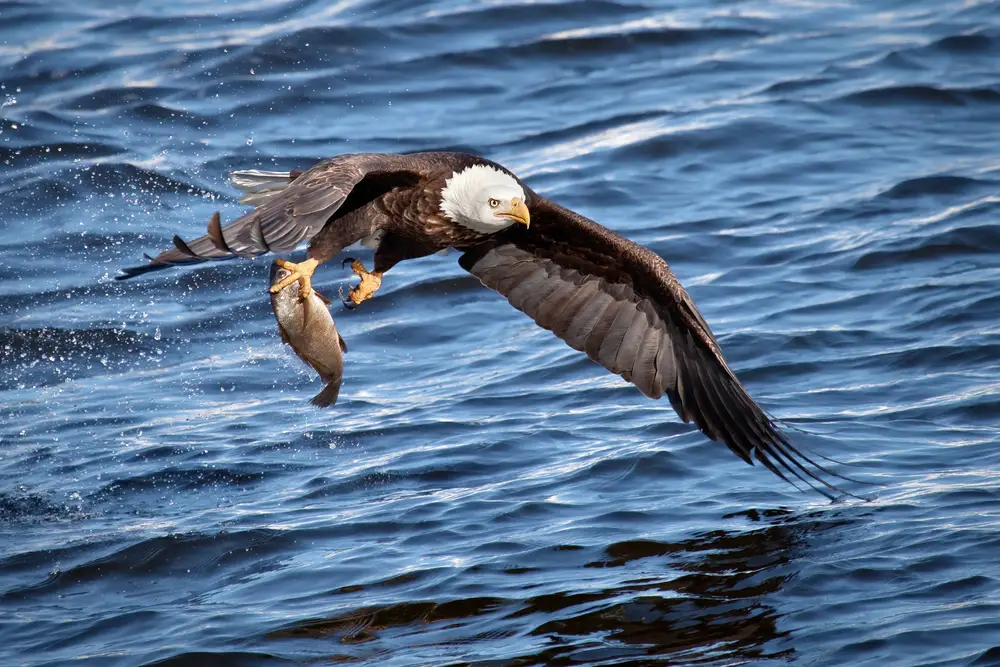
Eagles are majestic birds of prey renowned for their powerful flight and keen eyesight. These raptors are capable of spotting prey from great distances, using their sharp talons to swoop down with incredible speed and precision. The eagle’s aerial assault is a breathtaking display of strength and agility, showcasing its role as a top predator in the skies. With wingspans that can exceed seven feet, eagles are both imposing and efficient hunters. Their ability to strike from above offers them a significant advantage over their terrestrial and aquatic prey.
The eagle’s hunting prowess is complemented by its adaptability to various environments, from mountains to coastlines. This versatility allows eagles to target a wide range of prey, including fish, mammals, and other birds. Their nests, often built high in trees or on cliff edges, provide a secure vantage point for both hunting and raising their young. The eagle’s mastery of the skies is a testament to the evolutionary forces that have shaped these formidable hunters. For those who witness an eagle in action, its aerial assault is both a thrilling and humbling experience.
